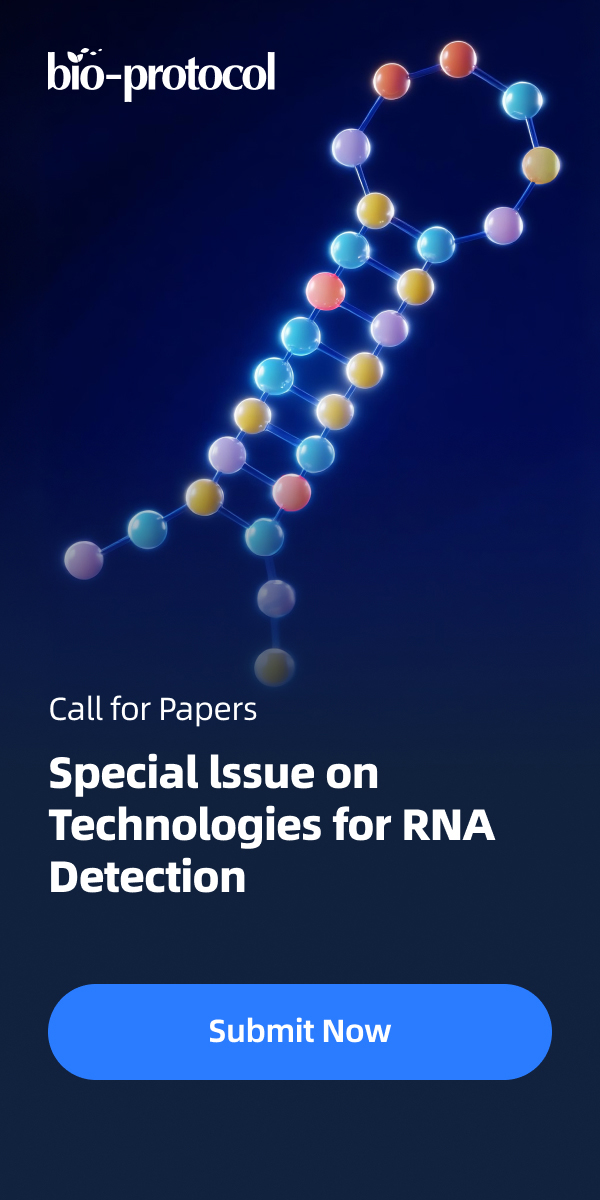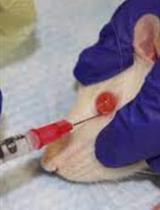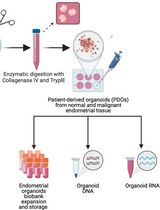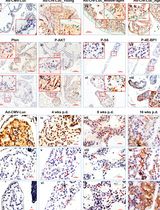- EN - English
- CN - 中文
Pituitary Isograft Transplantation in Mice
小鼠垂体同系移植物移植
发布: 2017年06月05日第7卷第11期 DOI: 10.21769/BioProtoc.2317 浏览次数: 8994
评审: Thirupugal GovindarajanAnonymous reviewer(s)
Abstract
The mouse pituitary isograft is a technique developed to administer persistent hormone stimulation, thereby increasing cellular proliferation in the mammary tissue (Christov et al., 1993). The pituitary isograft procedure was first described in ‘Induction of Mammary Cancer in Mice without the Mammary Tumor Agent by Isografts of Hypophyses’ by O. Mühlbock and L. M. Boot in 1959 (Muhlbock and Boot, 1959). Since then, the procedure has seen wide use. A pituitary gland is harvested posthumously from a donor mouse and implanted under the renal capsule of the recipient mouse through a small abdominal incision just below the last rib. Once the pituitary gland is implanted, it begins releasing hormones. These secretions increase serum levels of multiple hormones including prolactin, progesterone and 17β-estradiol (Christov et al., 1993). Although the effects of these hormones on cancer cell proliferation, growth, differentiation, and longevity are not well characterized, and, in some cases, controversial, the net effect of a pituitary isograft is to increase the proliferation of murine breast tissue depending upon strain specific characteristics (Lydon et al., 1999).
Below is a protocol describing how to perform the pituitary isograft procedure. After many of the steps, a time reference is listed in parentheses. Each reference corresponds to a time point in the embedded video of the procedure. (Video 1)
Keywords: Pituitary isograft (垂体同系移植物)
Background
Because of the simplicity, longevity, and applicability of the pituitary isograft procedure it has seen substantial and varied usage in the decades since its inception. Uniform, long term hormone stimulation in vivo is difficult to achieve; pituitary isografts deliver this capability. Once implanted pituitary isografts remain effective and safe for the duration of the experimental lifespan.
Materials and Reagents
- Surgical gloves (Cardinal Health, catalog number: 2D72N80X )
- 1 ml Tuberculin (TB) syringe (BD, catalog number: 309625 )
- 18 gauge 1 ½ inch trocar (BD, catalog number: 305196 )
- Silk suture 4-0 (Patterson Veterinary Supply, catalog number: 07-891-0230 )
- Wound clips (BD, catalog number: 427631 )
- Sterile cotton swab (Puritan Medical, catalog number: 25803 2WC )
- 8-20-week-old donor and recipient mice of the same strain
- Nembutal sodium solution (Pentobarbital sodium injection, USP) (Akorn, catalog number: NDC 76478-501-20 )
- Ketoprofen (Patterson Veterinary Supply, catalog number: 07-803-7377 )
- Phosphate-buffered saline (PBS) (pH 7.4, 1x, sterile) (Thermo Fisher Scientific, GibcoTM, catalog number: 10010023 )
- 70% ethanol
- Antibiotic solution
Equipment
- Balance
- Sharp-blunt scissors (Fine Science Tool, catalog number: 14028-10 )
- Straight flat broad tip forceps (Fisher Scientific, catalog number: 16-100-114 )
- Graefe forceps curved serrated (Fine Science Tool, catalog number: 11051-10 )
- Graefe forceps straight 1 x 2 teeth (rat tooth) (Fine Science Tool, catalog number: 11053-10 )
- Animal clippers (Sunbeam Products, Oster, catalog number: 078005010002 )
- Clip applier (BD, catalog number: 427630 )
- Clip remover (BD, catalog number: 427637 )
Procedure
文章信息
版权信息
© 2017 The Authors; exclusive licensee Bio-protocol LLC.
如何引用
Walker, C., Hong, Y., Kittrell, F., Medina, D., Edwards, D. and Behbod, F. (2017). Pituitary Isograft Transplantation in Mice. Bio-protocol 7(11): e2317. DOI: 10.21769/BioProtoc.2317.
分类
癌症生物学 > 通用技术 > 动物模型
细胞生物学 > 细胞移植 > 同系移植
您对这篇实验方法有问题吗?
在此处发布您的问题,我们将邀请本文作者来回答。同时,我们会将您的问题发布到Bio-protocol Exchange,以便寻求社区成员的帮助。
Share
Bluesky
X
Copy link

















